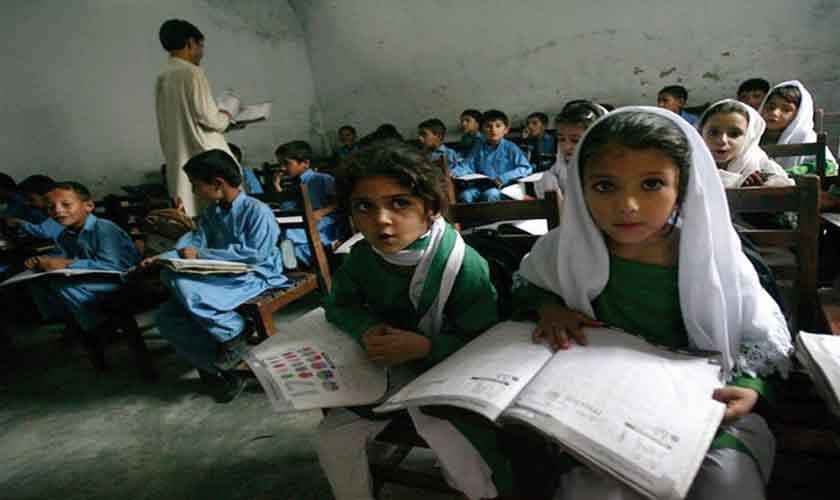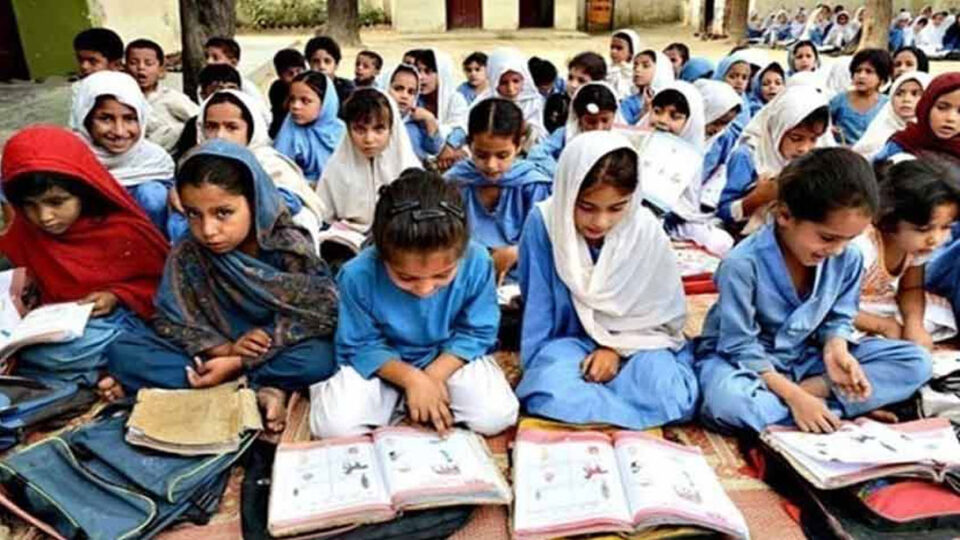Sindh’s Education Budget: Promising but Insufficient Without Deep Reforms
Sindh’s 2025-26 education budget marks a notable increase to Rs613.36 billion, with significant funds allocated for service delivery and development, including public-private partnerships and madressah reforms. However, despite this increase, critical challenges remain:
Key Issues:
-
Low Enrollment and High Dropout: Only 71% gross primary enrollment and 54% middle school enrollment, with 47% of children out of school—one of the highest rates in Pakistan.
-
Disaster Impact: Flood-prone districts suffer the most; investment in disaster-resilient infrastructure and education continuity remains limited.
-
Poor Infrastructure: Majority of schools lack basic facilities like electricity, clean water, and toilets.
-
Inequality and Gender Gap: Deep divides between rural and urban, poor and rich, boys and girls; unsafe environments and lack of female teachers deter girls’ education.
-
Dismal Learning Outcomes: Only about a quarter of Grade 5 students can read or perform basic math; private schools outperform government schools widely.
-
Madressah Integration Needed: Over 7,000 seminaries need regulation and integration into the national system for uniform education standards.
Positive Steps:
-
Increased Budget and SEF Funding: Rs13.5 billion allocated for Sindh Education Foundation’s PPP initiatives.
-
Decentralization: Empowering over 34,000 schools with operational budgets, though transparency and oversight remain concerns.
-
Disability Inclusion: Doubling assistive device outreach and increasing stipends for students with disabilities.
-
Focus on Madressah Reforms: Rs2.5 billion allocated, though greater emphasis on registration and standard assessments needed.
What’s Missing:
-
Comprehensive Strategy: No clear plan to bring out-of-school children back to classrooms.
-
Gender-Sensitive Measures: Need for conditional cash transfers, free transport for girls, and female teacher incentives.
-
Disaster Preparedness: Limited funding for flood mitigation and resilient school infrastructure.
-
Accountability: Without strong governance, decentralization risks misuse of funds.
Conclusion:
Sindh’s increased education budget signals intent but without systemic reforms, enhanced accountability, gender-focused policies, and disaster resilience, it risks perpetuating existing inequalities and poor outcomes. Financial commitments must be matched with transparent implementation and political will to secure a better future for Sindh’s youth.


